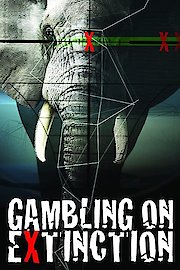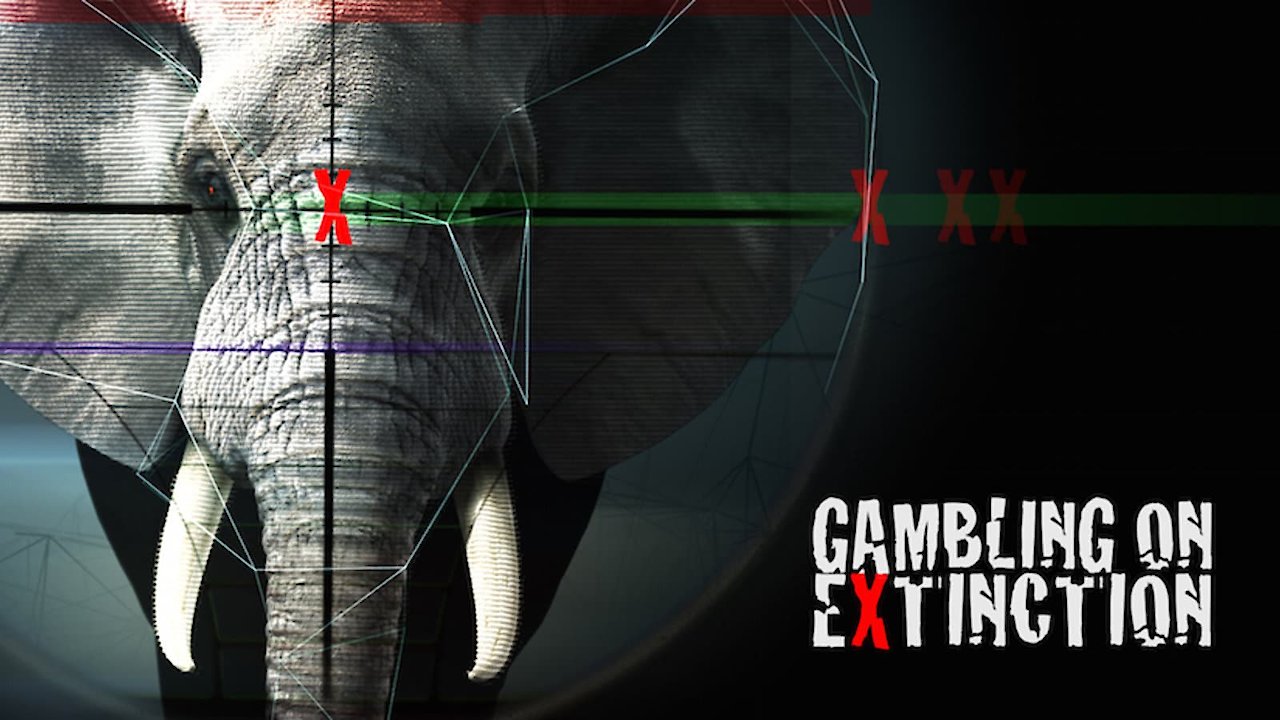-
Genres
-
CastPaula KahumbuKobus de WetJulian Rademeyer
-
DirectorJakob Kneser
-
Release Date2015
-
Runtime51 min
-
IMDB Rating7.0 (53)

Gambling on Extinction is a documentary film that delves into the urgent issue of the illegal ivory trade and the dire consequences it has on the worldâs elephant population. It is directed by Jakob Kneser, a German-born filmmaker and photographer, who aims to raise awareness about the devastating effects of wildlife criminal activities.
The film is narrated by Academy Award-winning actress, Natalie Portman, and features the perspectives of various individuals who are either directly involved in the ivory trade or its prevention. There are anti-poaching rangers, wildlife activists, ivory smugglers, and even a private game reserve owner, John Hume, who is one of the world's largest breeders of rhinos.
The film presents a thorough exploration of the issue, beginning with the staggering statistics on the rise of elephant poaching in Africa over the past few decades. Between 2010 and 2012 alone, over 100,000 elephants were killed for their ivory. It is predicted that if this trend continues, African elephants could go extinct within 15 years.
Further, Gambling on Extinction sheds light on the complex web of criminal activities and politics involved in the ivory trade. It exposes the links between ivory and terrorist organizations like Boko Haram and Al-Shabaab in East Africa, who fund their activities through the sale of ivory.
The film also highlights the challenges faced by anti-poaching rangers who risk their lives to protect elephants from poachers. In many cases, rangers are under-trained, under-resourced, and underpaid, making them vulnerable to corruption and even deaths in the line of duty.
One of the most thought-provoking aspects of the film is the portrayal of John Hume, the private game reserve owner who breeds rhinos for their horns. Hume argues that legalizing the trade of rhino horns and ivory could actually help save elephants from being poached. He believes that instead of banning the trade, governments should regulate it, just like any other legal animal product, so that it can be sustainably managed and generate revenue for conservation efforts.
Allan Thornton, the president of the Environmental Investigation Agency, presents the counter-argument. He believes that the only way to stop elephant poaching is to completely ban the ivory trade globally. He argues that even with regulation, it is impossible to distinguish between legal and illegal ivory, and that any legal trade will only increase demand and fuel corruption.
The film also showcases the exploitation of Africaâs wildlife by foreign countries, including China, which is one of the biggest markets for ivory. The Chinese government has been criticized for not doing enough to regulate its ivory trade, which has led to the slaughter of elephants all over Africa. However, the film also presents a more optimistic view of Chinaâs role in ending the illegal ivory trade, exploring the recent efforts to ban ivory trade and enforce stricter penalties for those involved in illegal trading.
Overall, Gambling on Extinction is a powerful and informative documentary that exposes the horrors of the ivory trade and the urgent need for a global effort to protect elephants from extinction. Through its testimonies and visual representation of the issue, the film ultimately calls for the need for better protection of Africa's wildlife, and a commitment by all stakeholders to put an end to the ivory trade.
Gambling on Extinction is a 2015 documentary with a runtime of 51 minutes. It has received mostly positive reviews from critics and viewers, who have given it an IMDb score of 7.0.
